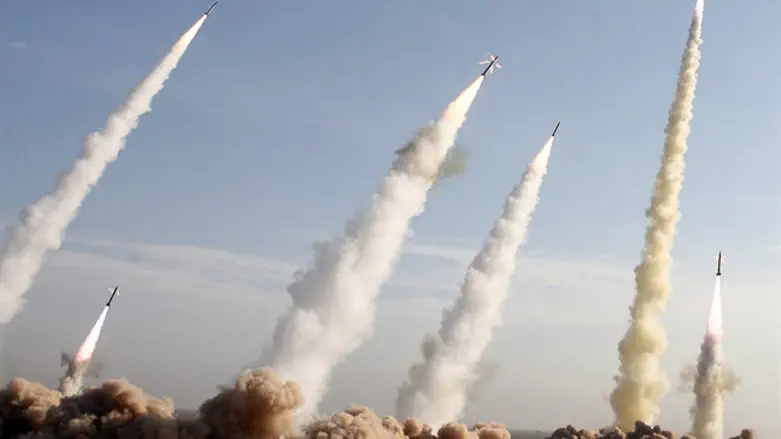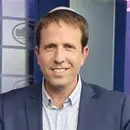
The Alma Center’s Research Department initiated a project to find the locations of missile launching sites in South Lebanon adjacent to the civilian population, as part of what is known as the "Human Shield tactic".
In their report, Alma notes that, despite the fact that a large proportion of Hezbollah’s missiles are located in south Lebanon, the information in public sources on the subject is scarce.
The primary source of Alma's project was the Wikimapia.org website.
"The first locations we found were all close to civilian infrastructure", the report states, "which drove us to further the research on the subject and thus find 28 missile launching locations and the sites connected with these locations".
According to the report, the missiles are medium-range missiles - "The same as those subject to the Hezbollah missile precision guided missile project (PGM's)".
The report explains that "as part of its modus operandi, Hezbollah stores its weapons in civilian structures and in the proximity of densely populated areas throughout Lebanon, with highest concentration in the capital city of Beirut, the Beqaa Valley and southern Lebanon".
According to Alma, Hezbollah plans to launch these weapons toward civilian targets and population concentrations in Israel from within or adjacent to residential buildings.
"Hezbollah believes that this tactic will grant it immunity against IDF’s attacks", they explain, "This tactic is known as the "human shield".
In the report it is explained that in 2018, unknown sources uploaded a number of locations onto the Wikimapia online editable map. The locations were marked as Fateh 110 missile launch sites and associated infrastructure. "The degree of detail and geographical context of the locations presented a plausible case for the information’s reliability", the report explains.
Based on the information revealed on Wikimapia, the Alma Center developed a database of 28 sites related to the launch, storage and production of Hezbollah's medium range Fateh 110 / M 600 missiles, which are presented in the full report.
"Further attesting to our perception of the source’s credibility", Alma emphasizes in the repor, "the Israeli Prime Minister listed three of the above locations in his September 2018 address to the UN State Assembly".
"Based on our insight into Hezbollah’s action patterns", they add, "these sites are available for immediate operational use. Currently most of the uploaded locations are in the process of being deleted from Wikimapia, following a user request accepted by the website’s administrators".
Regarding the "human shield" tactic, the report presents two main implications:
1) Incapacitating players, who discriminate between combatants and non-combatants in armed conflicts, such as Israel, and preventing them from adequate retaliation\attacks, minimized in order to not harm innocent civilians as required by international law.
2) Forcefully limiting the civilians’ freedom of movement by preventing them from leaving combat zones and directly endangering their lives. This is enforced through checkpoints in various locations in Lebanon, particularly in the South and near the Shiite concentration in Beirut, which prohibit civilians from freely leaving the area.
The report also mentions the US efforts to fight the "human shield" tactic: On 21 December 2018, the President of the United States signed a law stipulating that sanctions will be imposed on individuals and entities that employ the "human shield" tactic. The law sends a clear and explicit message to those implementing the "human shield" method, that they will be held responsible for risking the lives of innocent civilians and their war crimes will not be ignored: “This bill signals to the rest of the world that America will hold accountable anyone who uses civilians as shields to achieve military ends, as well as their enablers”.
